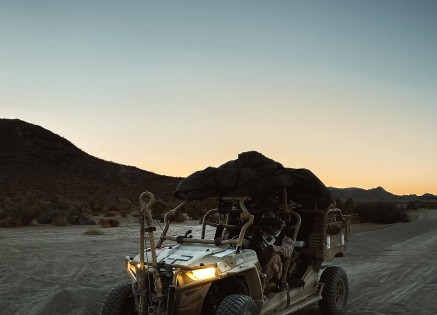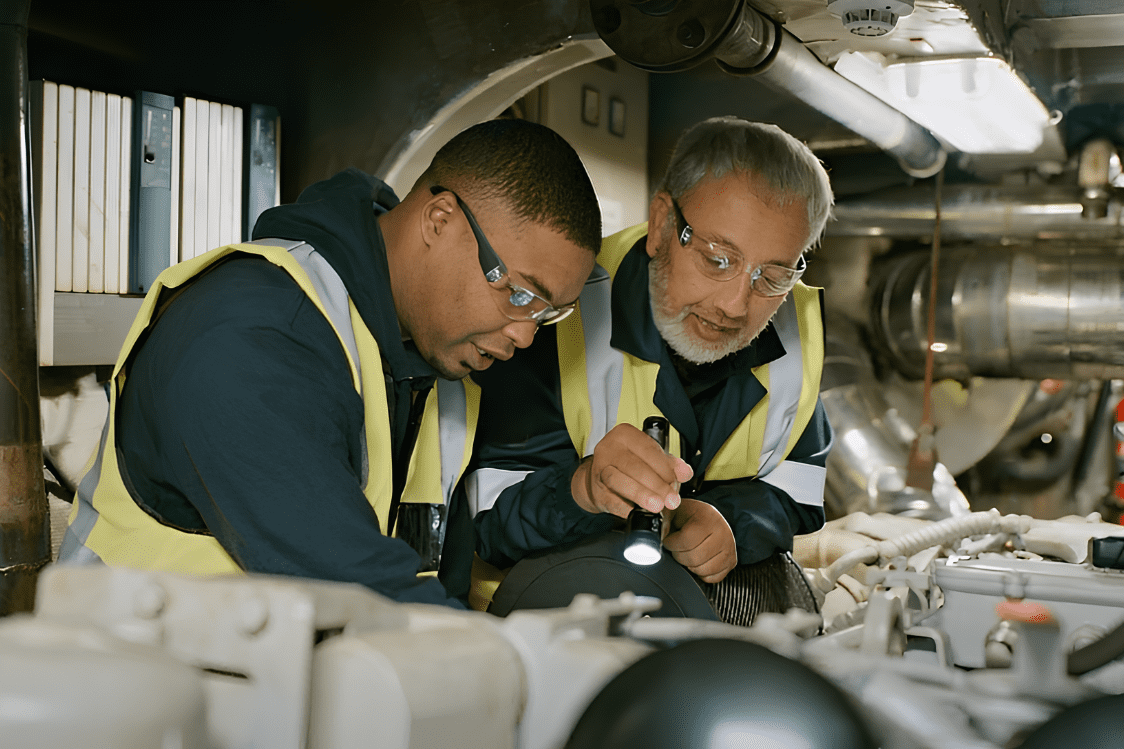What Is a Remotely Operated Vehicle (ROV) and How Does It Work?

Posted on Jan 25, 2025 at 11:01 PM
Among many great innovations in the maritime field, the remotely operated vehicle (ROV) is one of the greatest unmanned vehicles and robots, and it has amazing features and advantages.
Moreover, the design of a remotely operated underwater vehicle (ROV) helps us explore deep waters without actually diving under the water surface in a submersible.
Let us share with you more details about remotely operated vehicles (ROVs), how they function, the key types of ROVs, and the benefits of the underwater vehicle ROV.
What Is a Remotely Operated Vehicle (ROV)?
The remotely operated vehicle (ROV) is an uncrewed robot, not a submarine, that is tethered to a ship with cables and controlled by operators on board and is used by scientists and ecologists for multi-scientific underwater exploration, inspection, and data collection purposes.
Additionally, remotely operated underwater vehicles (ROVs) are designed machines and equipped with cameras, sensors, and robotic arms, thus, they can do various tasks and projects underwater efficiently.
The features of a remotely operated vehicle (ROV), including its suitable weight and being protected from underwater conditions, allow its deployed subsea in different industries like oil and gas, marine research, and underwater construction.
Understanding the unique features of various types of ships and unoccupied vehicles is essential to succeed in this wide industry and be able to operate and control used machines and vehicles to support followed solutions and access extremely deep locations.
What Is the Use of ROV?
As we said, the referred ROV stands for remotely operated vehicle and is a robot used for many purposes in-shore depths in areas that are unsafe or inaccessible for human beings.
The remotely operated vehicle (ROV) can do many simple and complicated undertasks including swimming, exploring, inspecting, surveillance, maintaining, and monitoring marine ecosystems and bodies underwater.
Keep in mind that the UK calls for expanding the Emission Trading Scheme to the marine industry and that ROV remotely is suitable for observing the underwater and is considered one of the underwater vehicles that meet the eco-friendly committee description.
What Is the Difference Between AUV and ROV?
So, till now, we learned that ROV stands for a remotely operated vehicle, is tethered and controlled by an operator on-board, and that ROV is perfect for accurate and interactive underwater operations.
On the other hand, the AUV stands for autonomous underwater vehicle is an independent robot that functions based on pre-programming instructions for mapping and surveying purposes.
Four Common Types of Remotely Operated Underwater Vehicles:
We can categorise the powerful remotely operated vehicles (ROVs) based on the tasks they can do:
Observation ROVs Class:
These remotely operated vehicles (ROVs) are lightweight and used for underwater inspections and monitoring with a variety of cameras, systems, and sensors.
Light Work ROVs Class:
Light work remotely operated vehicles can handle small tasks like basic maintenance and sample collection.
Work ROVs Class:
The underwater work of remotely operated vehicle (ROV) robot is done with advanced tools, manipulators, and high-power thrusters to do tasks like construction, deep-sea repairs, and heavy lifting.
Mini or Portable ROVs Class:
Also known as Compact remotely operated vehicles (ROVs) with great features for quick inspections in shallow environments, including lightweight, easy to use, and suitable for cost-effective underwater operations.

The Benefits of Remotely Operated Vehicles:
Based on the Maritime Training Academy UK, there are many advantages of remotely operated underwater vehicle (ROV) in the maritime industry:
Explore Deep Ocean:
A remotely operated vehicle can effectively reach extreme offshore depths that are unsafe for humans to explore and study marine species and ecosystems.
So, a remotely operated vehicle (ROV) provides an efficient and safe remote technology way for underwater exploration and function.
Guarantee Personal Safety:
Due to the fact that remotely operated vehicle (ROV) is controlled from the vessel board they eliminate the risks of pressure, toxic environment, and dangerous currents on mariners while operating underwater tasks.
Collect Real-Time Data:
Typically, all types of ROVs are equipped with cameras and sensors, thus, they can collect and share immediate images and information which is vital for inspections, maintenance, and salvage repair operations.
Perform with Flexibility:
Not only that the leading remotely operated vehicles (ROVs) equipped with different tools to do many tasks, but also they can function undersea in all conditions with full professionalism and efficiency.
To sum up,
The remotely connected operated vehicle is a highly important device in the maritime industry with great possibilities for different fields in the market.
However, having the right training is vital to being able to use and manage a vehicle ROV model effectively in all common operations without impacting the environment or using tools.





